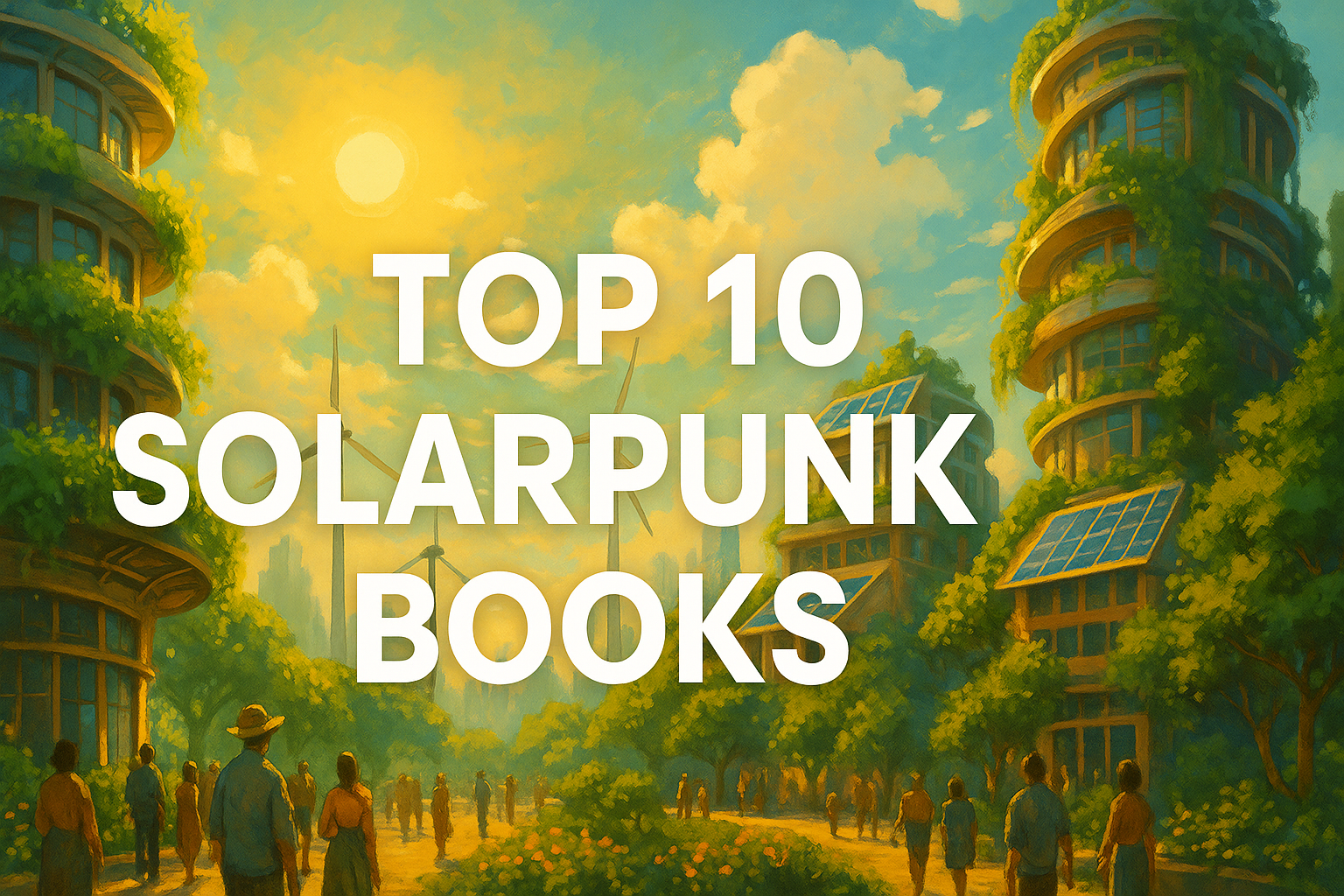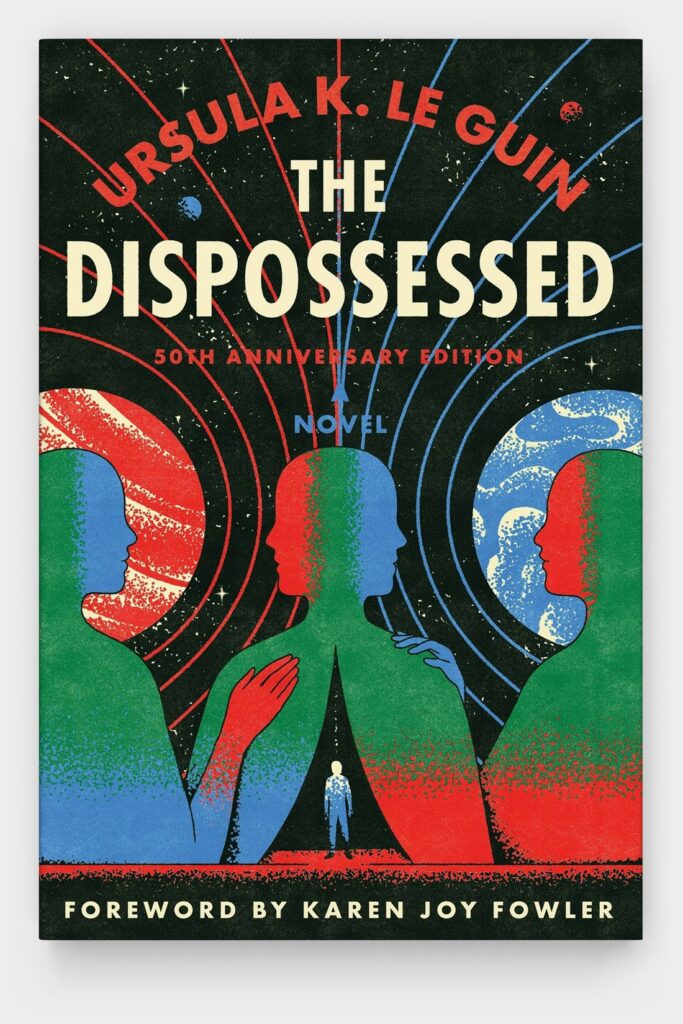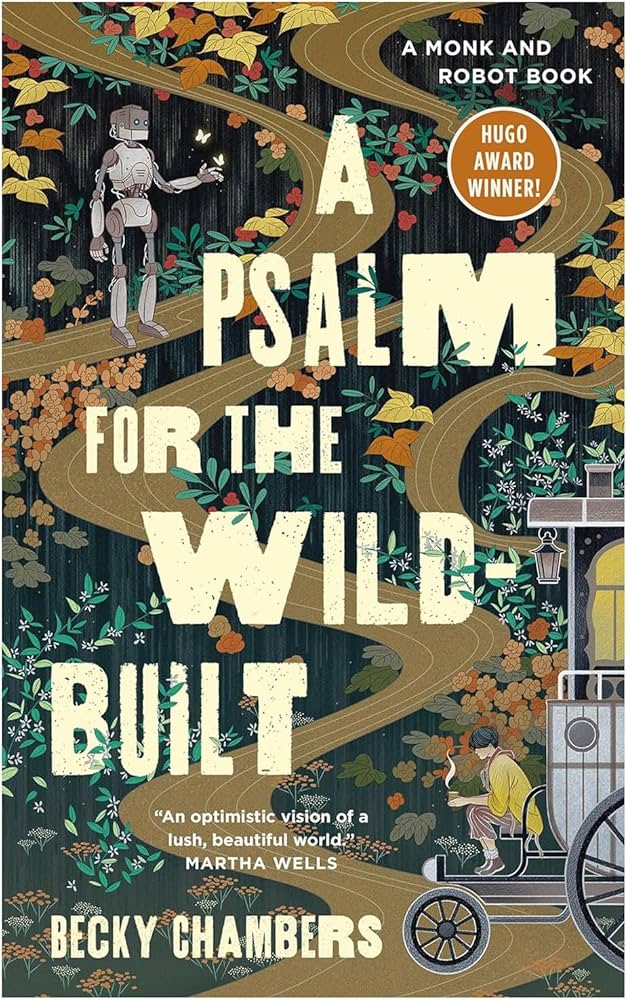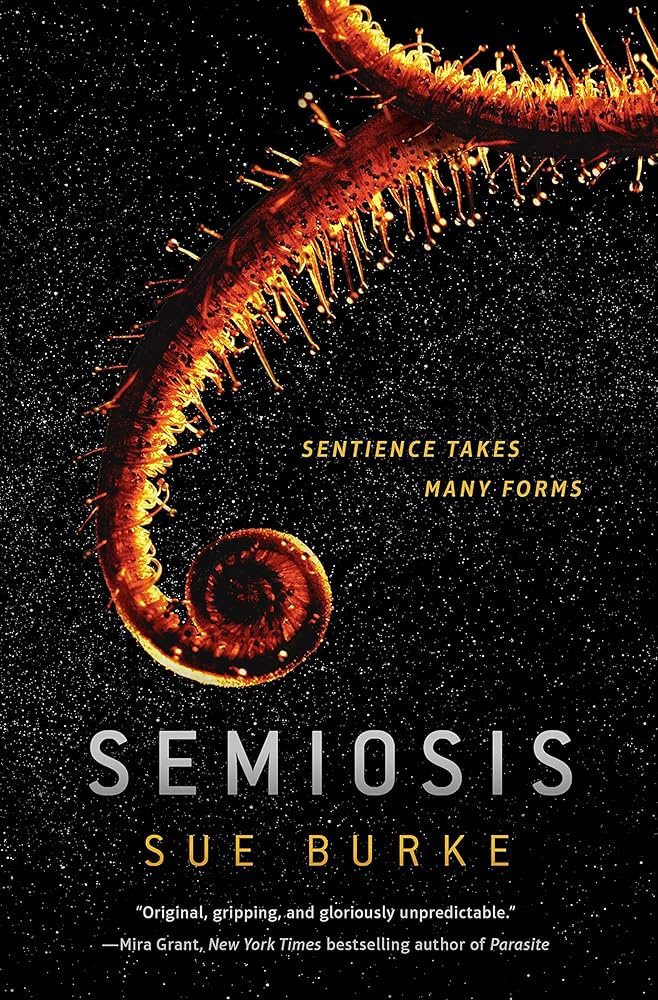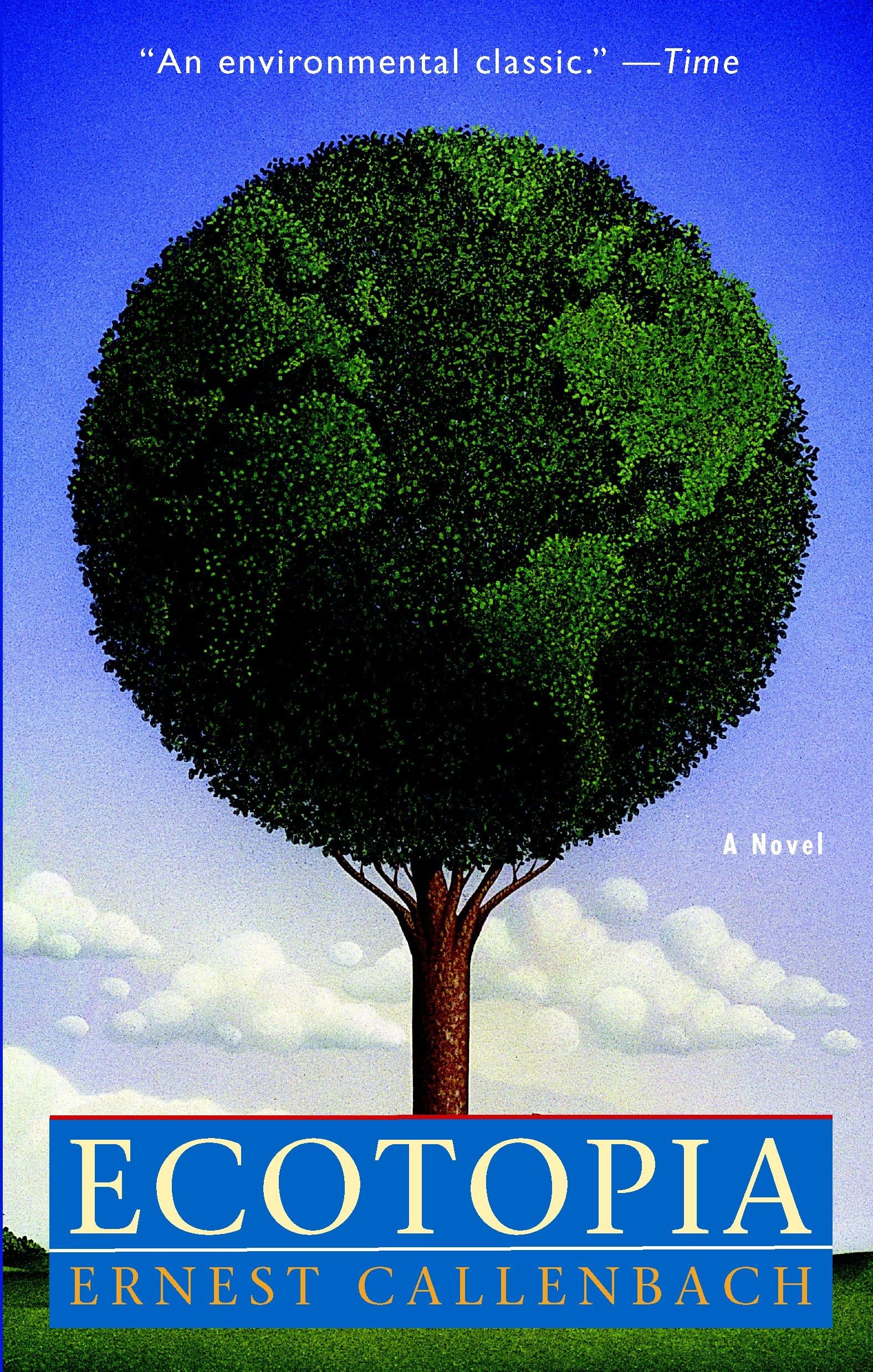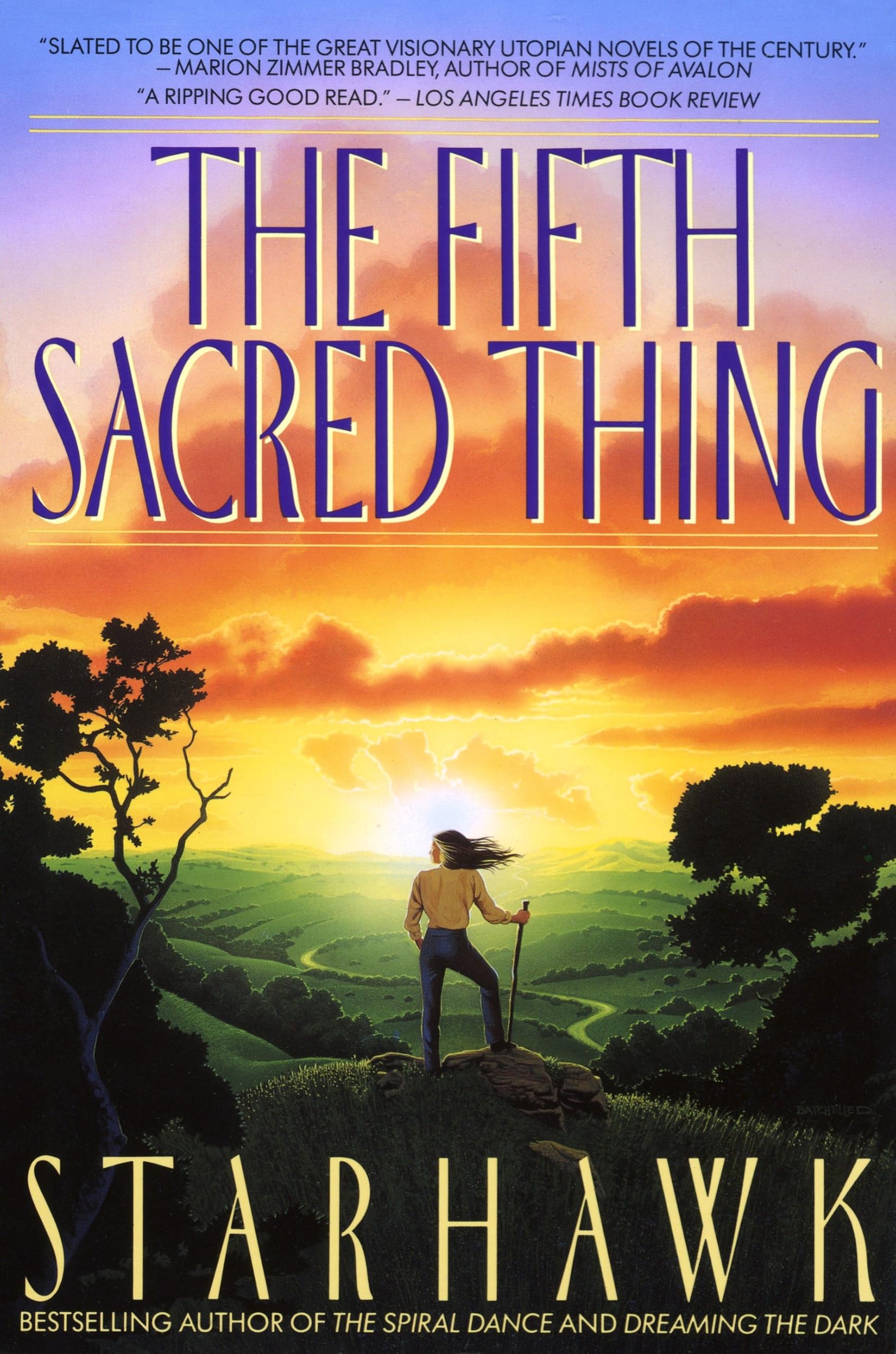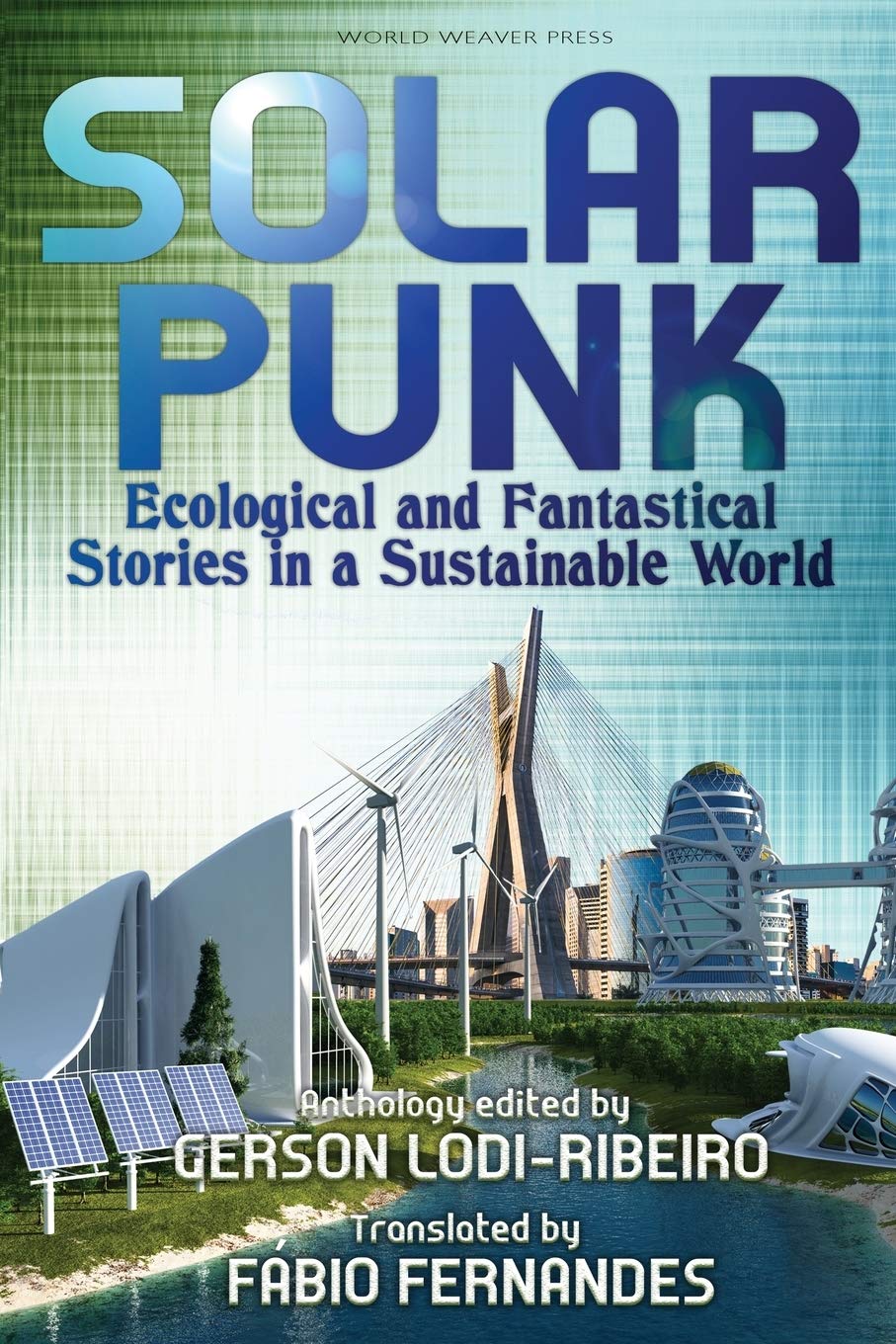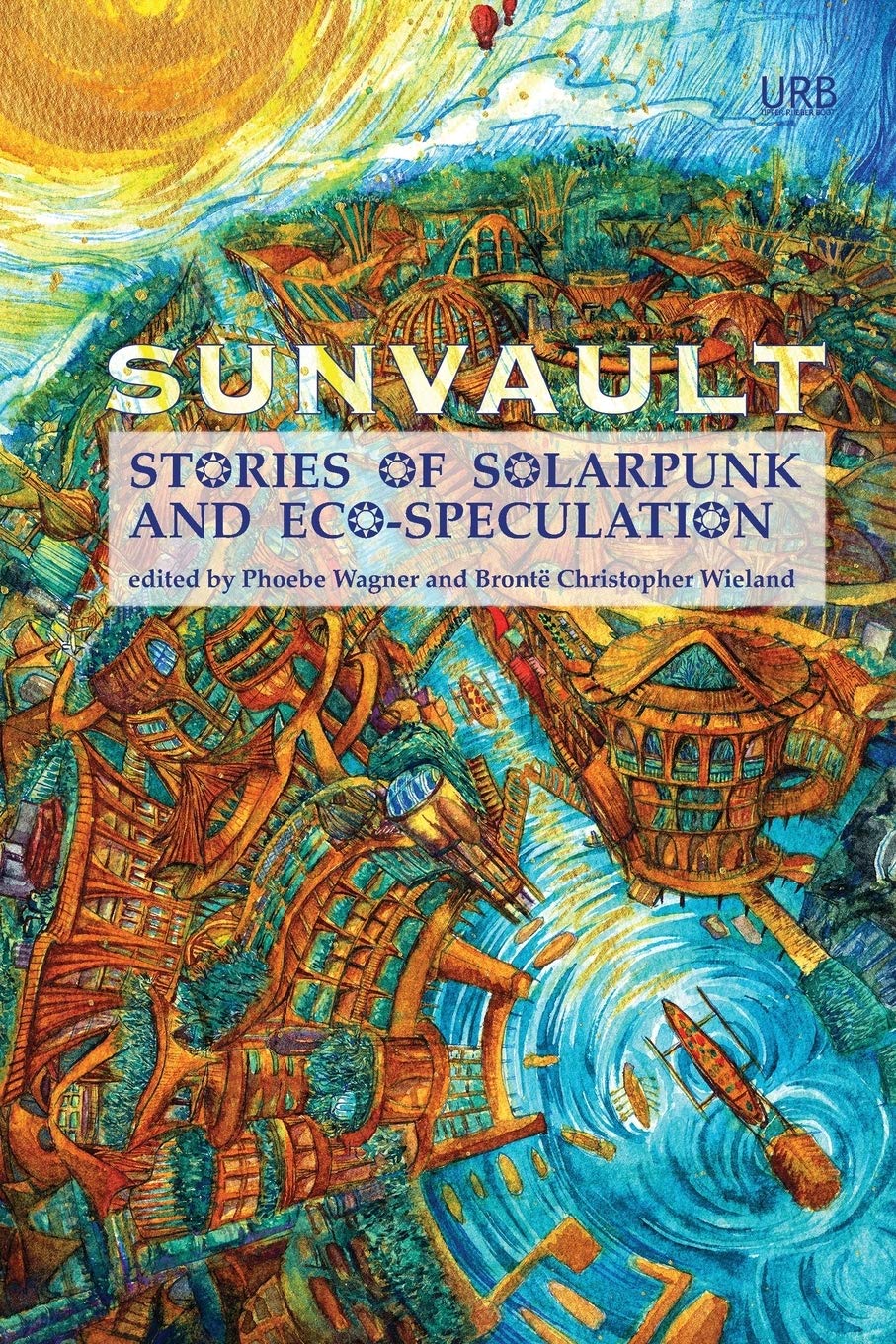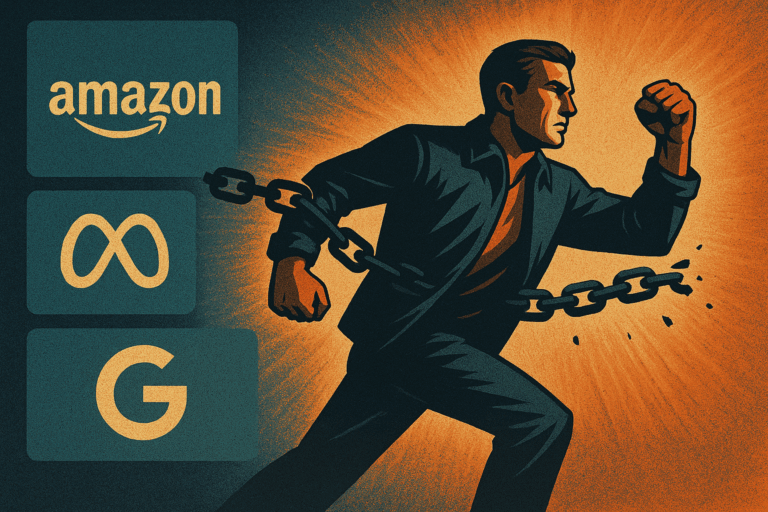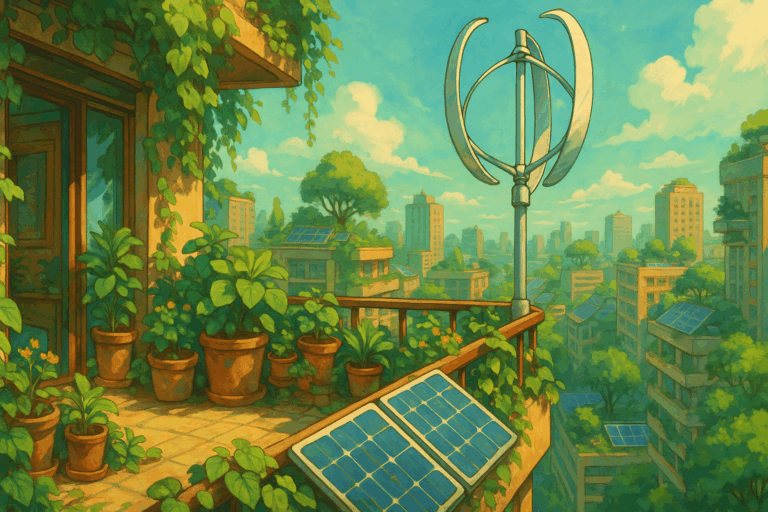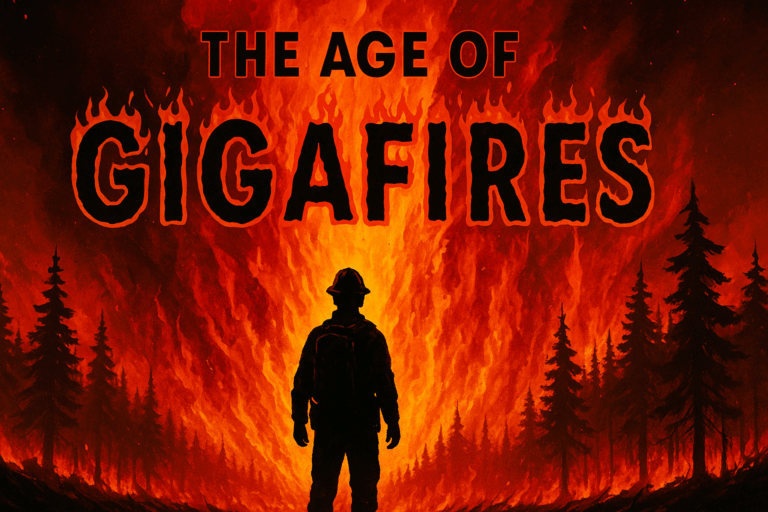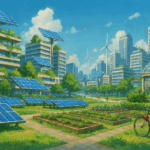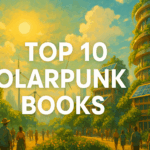To embrace solarpunk is to recognize the brokenness of our current systems and to dare to imagine—and build—alternatives. It’s about having the intelligence to see the crisis we are in, and the courage to act anyway.
In a world dominated by climate despair, political inertia, and techno-dystopian narratives, solarpunk stands defiantly optimistic. It refuses to cede the future to corporations or collapse. Whether you’re a curious newcomer or a seasoned punk, these solarpunk books offer an inspiring gateway into a movement fueled by imagination, resistance, and renewal.
Through eco-fiction, sustainable sci-fi, and climate storytelling, solarpunk literature lays the foundation for a different kind of world—one built on cooperation, regeneration, and radical hope.
When lost and wandering in the darkness of the world, let literature light the way
Foundations of Solarpunk Thought
1. Songs from the Stars by Norman Spinrad (1980)
In a post-industrial future, Earth’s survivors live in pacifist, solar-powered communes while a remaining technocratic elite yearns for space travel. Spinrad’s novel confronts readers with the question of what true progress means. It’s not just about abandoning industrialism—it’s about rebuilding relationships with each other and with nature. As one of the earliest books aligned with solarpunk ideals, it sets the foundation for regenerative thinking.
“You must not mistake the tyranny of necessity for the virtue of destiny.”
2. The Dispossessed by Ursula K. Le Guin (1974)
This philosophical science fiction novel contrasts a capitalist planet with a neighboring anarchist moon, following physicist Shevek’s efforts to share his scientific discoveries freely. Le Guin interrogates systems of power, resource distribution, and community ethics—hallmarks of solarpunk discourse. It’s both a critique of utopia and an exploration of how such a world might endure and evolve.
“You cannot buy the revolution. You cannot make the revolution. You can only be the revolution. It is in your spirit, or it is nowhere.”
3. Always Coming Home by Ursula K. Le Guin (1985)
Presented as a future anthropological study, this novel blends narrative, poetry, song, and imagined artifacts to paint a richly textured portrait of the Kesh people—an ecologically attuned culture in a post-collapse California. The story does not center on conflict but on coexistence, slow culture, and sustainability, exemplifying solarpunk’s reverence for diverse cultural futures.
“What we call strength in this world is often just the absence of compassion.”
Stories of Soft Tech and Radical Hope
4. A Psalm for the Wild-Built by Becky Chambers (2021)
In a peaceful world where humanity has already corrected its environmental mistakes, a tea monk named Dex seeks purpose and companionship. They encounter Mosscap, a robot returning to human society after centuries of separation. Their journey through the wilderness becomes a meditation on identity, rest, and the need to be needed—offering a gentler vision of the future that solarpunk welcomes.
“If we want the world to be better, we’re going to have to do it ourselves. No one is coming to save us. But that’s not a bad thing.”
5. A Prayer for the Crown-Shy by Becky Chambers (2022)
The second installment in the Monk & Robot series continues Dex and Mosscap’s pilgrimage as they explore what service, belonging, and community mean. Chambers presents a society that functions not through domination but through mutual care and humility. It’s a vision of solarpunk success—not as triumph over nature or adversity, but as flourishing through harmony.
“The question of purpose is not the same as the need for one.”
6. Semiosis by Sue Burke (2018)
When Earth colonists land on a distant planet, they must adapt to a biosphere dominated by intelligent, communicative plants. Their survival depends on learning to live cooperatively with native species. Burke’s speculative world reveals the limits of human-centric thinking and challenges readers to imagine a truly reciprocal relationship with the living world.
“If we couldn’t dominate, then we had to cooperate.”
Utopias, Co-ops, and DIY Futures
7. Ecotopia by Ernest Callenbach (1975)
Framed as the travelogue of a skeptical journalist visiting a breakaway eco-state on the West Coast, this novel introduced many early green concepts—recycling, bike infrastructure, local agriculture—long before they entered the mainstream. Ecotopia blends community decision-making, sustainable tech, and ecological restoration, offering a prototype for what later solarpunk narratives would refine.
“Ecotopians believe that stability is a more desirable social goal than continued expansion, which in any case they regard as a delusion.”
8. The Fifth Sacred Thing by Starhawk (1993)
Set in a future where a holistic, Earth-centered community in California resists an encroaching militaristic regime, Starhawk’s novel combines ecofeminism, magical realism, and political resistance. The book affirms that spiritual practice, land stewardship, and collective power can serve as tools for liberation. It’s as visionary as it is politically grounded.
“We are all cells in the same body of humanity.”
Anthologies and Manifestos
9. Solarpunk: Ecological and Fantastical Stories in a Sustainable World edited by Gerson Lodi-Ribeiro (2012)
This Brazilian anthology helped define the solarpunk genre globally. Featuring stories that blend futuristic innovation with environmental ethics and cultural diversity, it showcases the creative potential of non-Anglophone science fiction. The collection set a precedent for imagining sustainability as inherently local, imaginative, and inclusive.
“A collection of voices envisioning technology in service of justice, culture, and ecological renewal.”
10. Sunvault: Stories of Solarpunk and Eco-Speculation edited by Phoebe Wagner and Brontë Christopher Wieland (2017)
With stories, poetry, and art from a diverse range of voices, Sunvault explores resistance, adaptation, and regeneration. It’s a patchwork of hope and pragmatism, offering everything from solarpunk fables to grounded survival tales. The collection makes clear that solarpunk is not a genre locked in idealism—it thrives on experimentation.
“A vibrant chorus of speculative voices growing futures from the compost of collapse.”
These books don’t just imagine better worlds—they offer blueprints. Solarpunk literature shows us that futures rooted in compassion, cooperation, and ecological harmony are not only possible, but necessary. And if you’re more visually inclined, stay tuned for our follow-up list: The Definitive List Solarpunk Movies to Watch.
This post may contain affiliate links. If you make a purchase through one of these links, GLAKTAK may earn a small commission at no extra cost to you. We only recommend products we genuinely believe in.

